
Teen Mental Health
November 8, 2019 in LINKS
The Internet has made it really easy and really difficult to find information about mental health. You can find a plethora of information with just a simple Google search, but how can you tell what information is the most valid and up to date? And when you do find valid and legitimate information about mental health, just how do you interpret and understand it?
That’s where Teen Mental Health comes in. Their goal is to make all those scientific and medical articles and research understandable and attainable by the very people they’re describing: adolescents. Not only do they make this information available to adolescents, but they package and present this information in ways that can be used by educators, parents, and other adults around adolescents, like medical professionals.
So how is this information presented? Most of their work is packaged into a variety of toolboxes (there’s over 150 of them, including translations of toolboxes in different languages), varying from curriculum guides for teachers to transition guides for those starting college. They also share a wide variety of resources for those who want to help the adolescents in their lives, which doesn’t just include adults, but friends too!
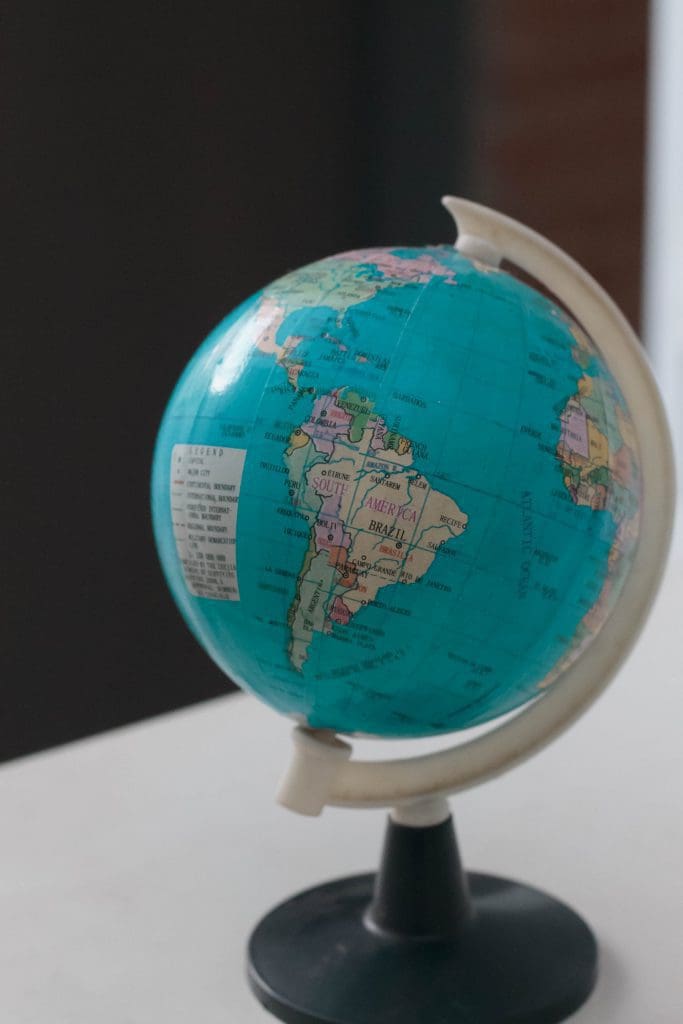
Their work goes beyond just making information available to the general public however; the organization is often involved in other initiatives in an effort to not just increase mental health literacy, but work to help reduce the rates of and help adolescents with mental illnesses. These include a worldwide intervention with the UN to reduce adolescent mental illness rates and The Sandbox Project, which works as an early prevention measure to look out for symptoms of mental illness in children and support them before they can potentially worsen.
Overall, Teen Mental Health aims to increase mental health literacy by making information that’s usually limited to and can only be understood by professionals available to everyone. By increasing mental health literacy, we can take the steps necessary to not just get a better understanding as to how adolescents are affected by mental illness, but to plan to give them the support and tools they and others need.
Have you used the Internet to get information about mental health? Where do you usually get it from? What resources would you recommend to parents, teachers, or even your friends to learn more about mental health and illness?









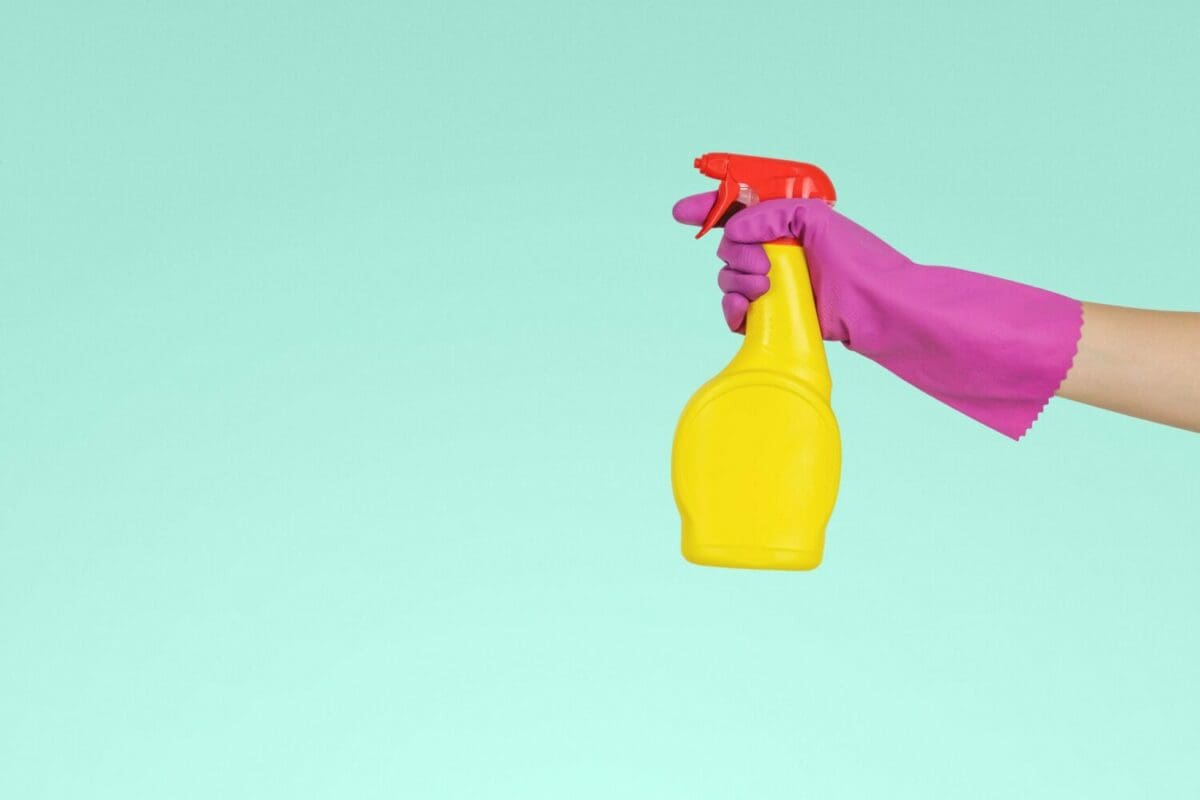

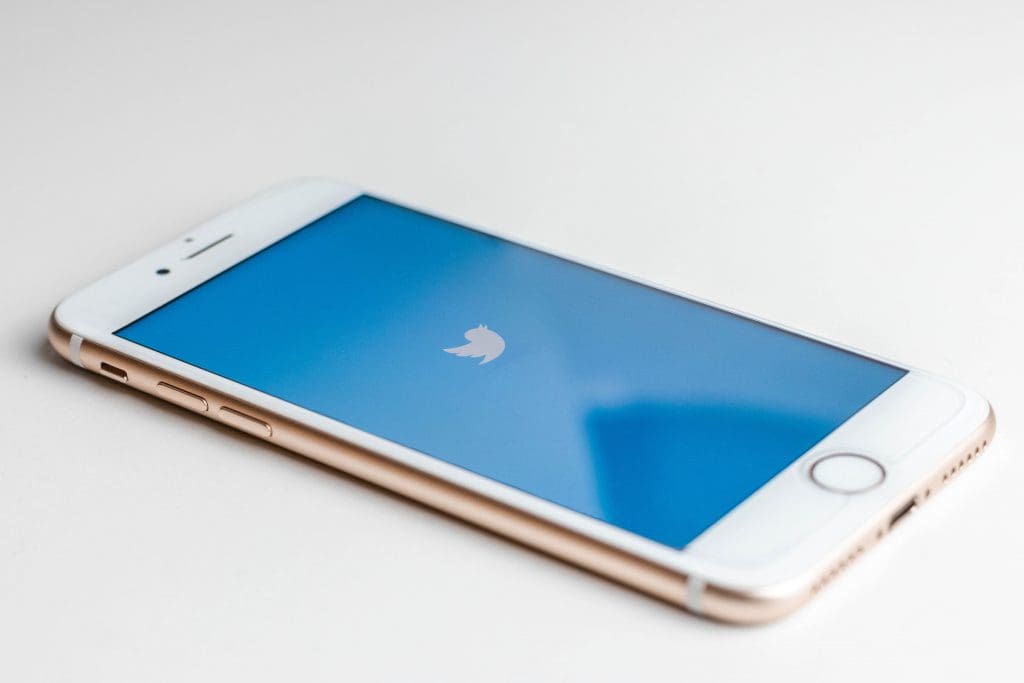
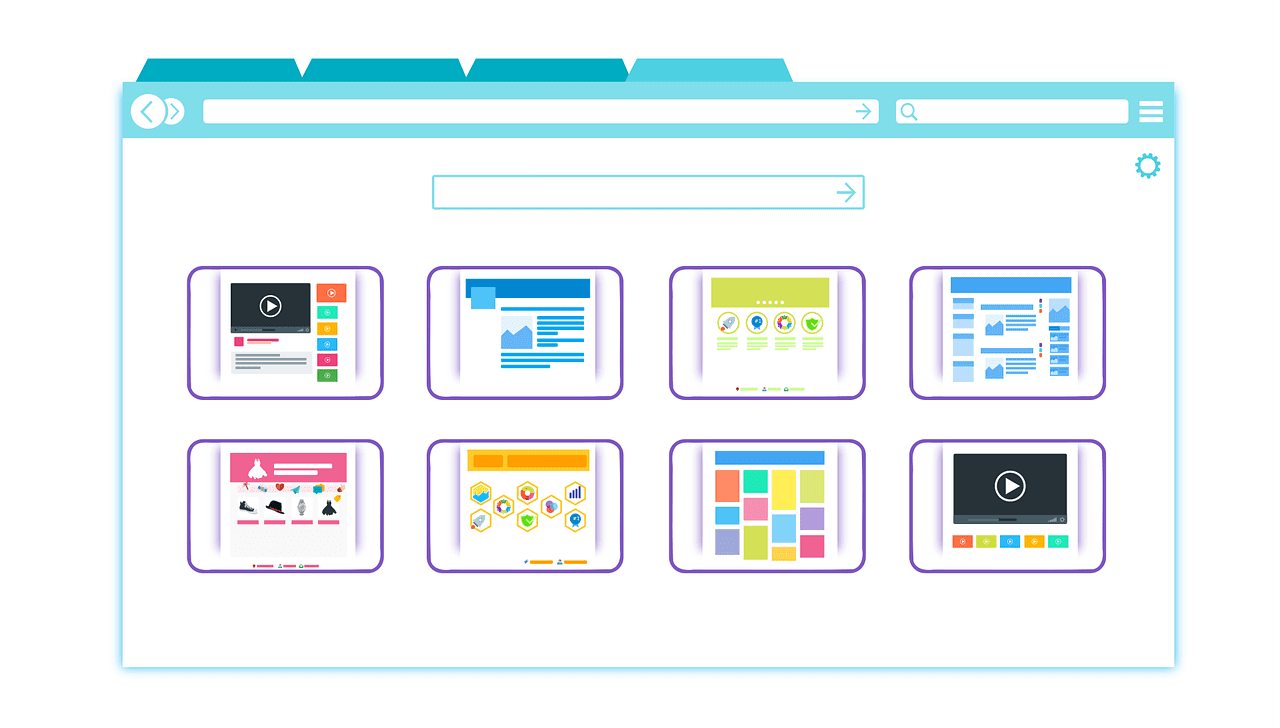



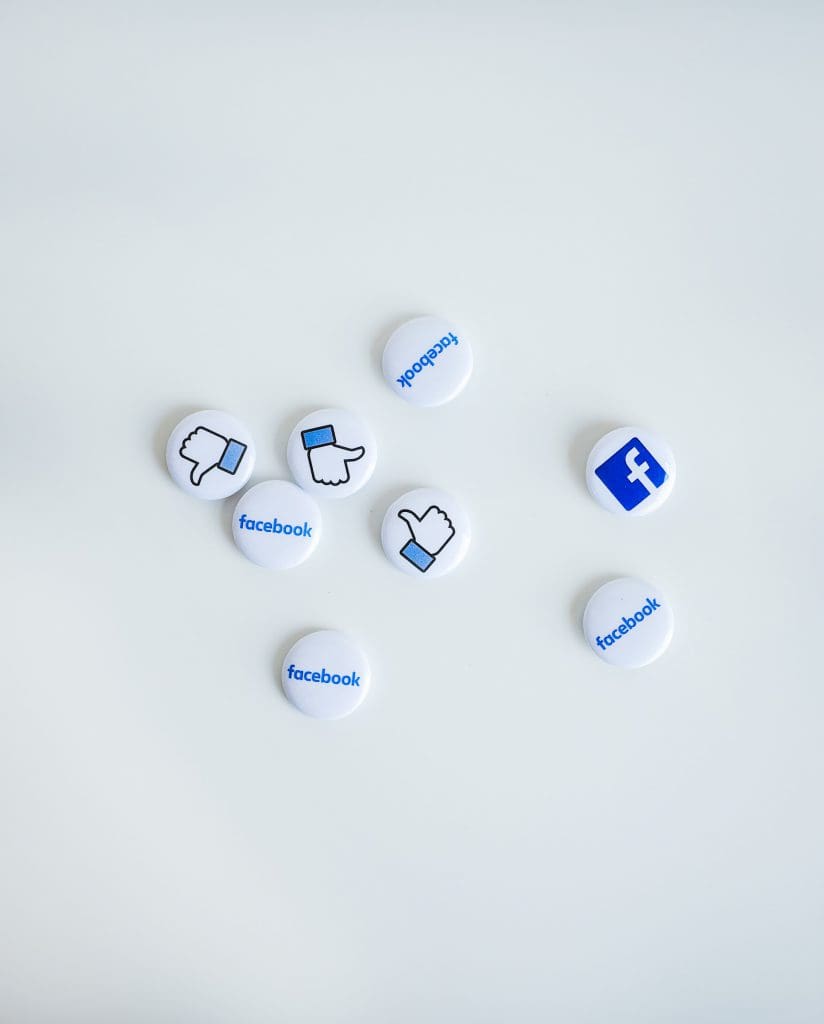
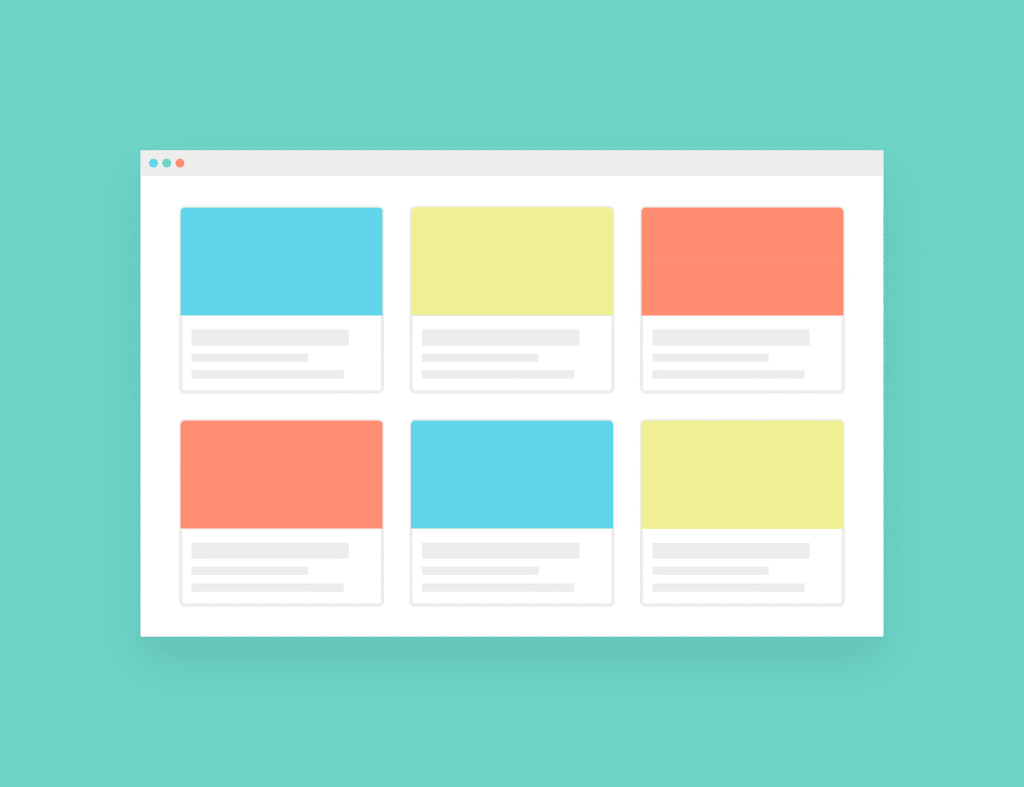
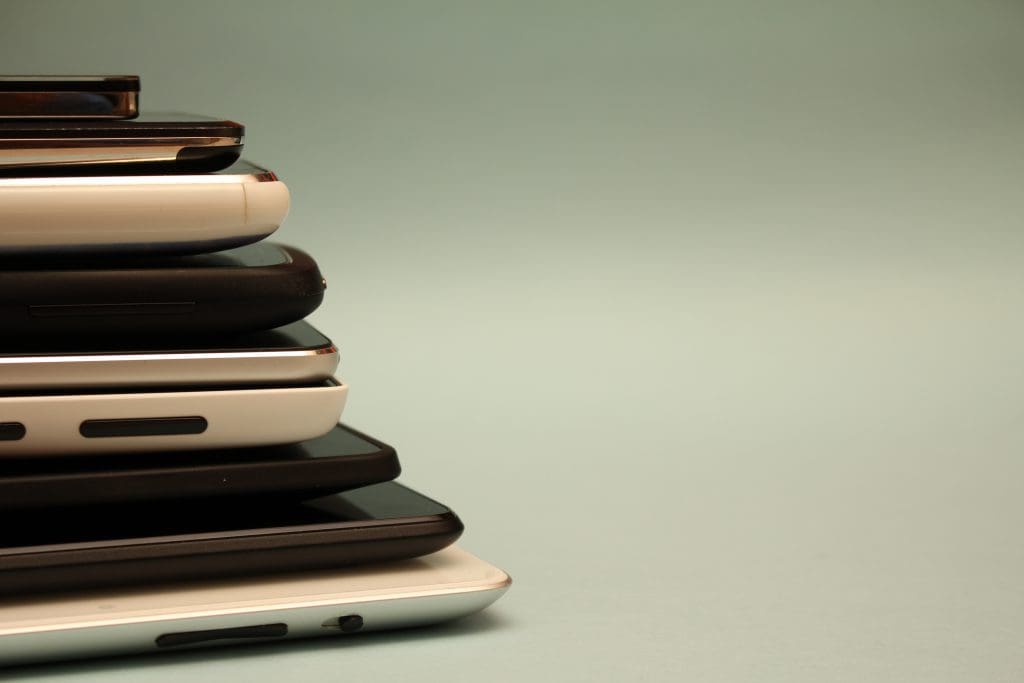
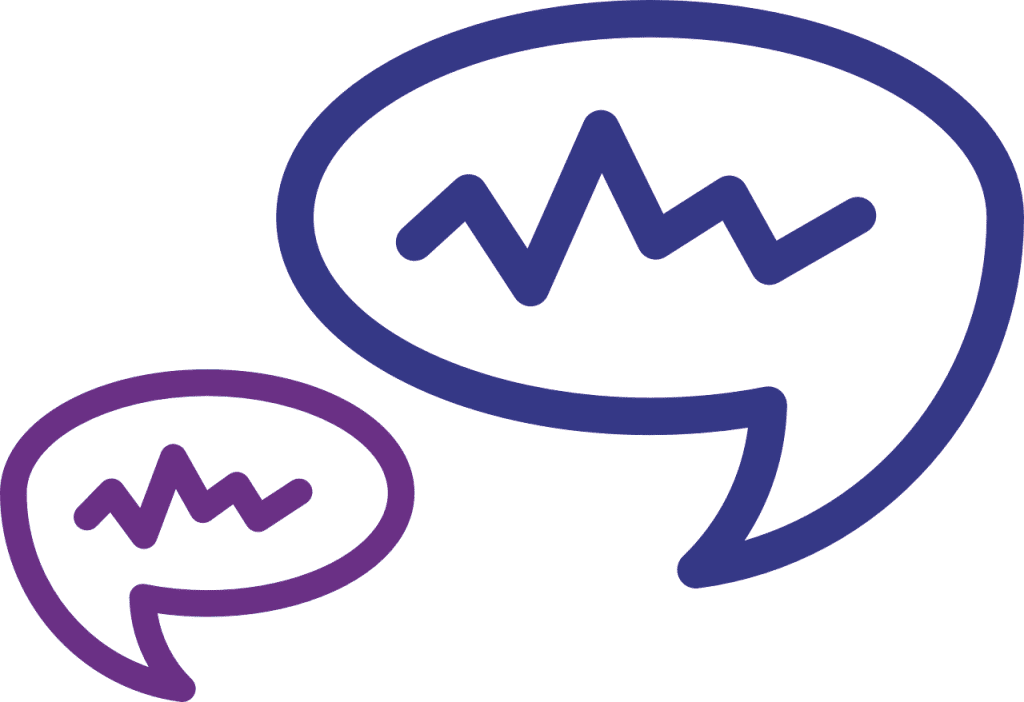


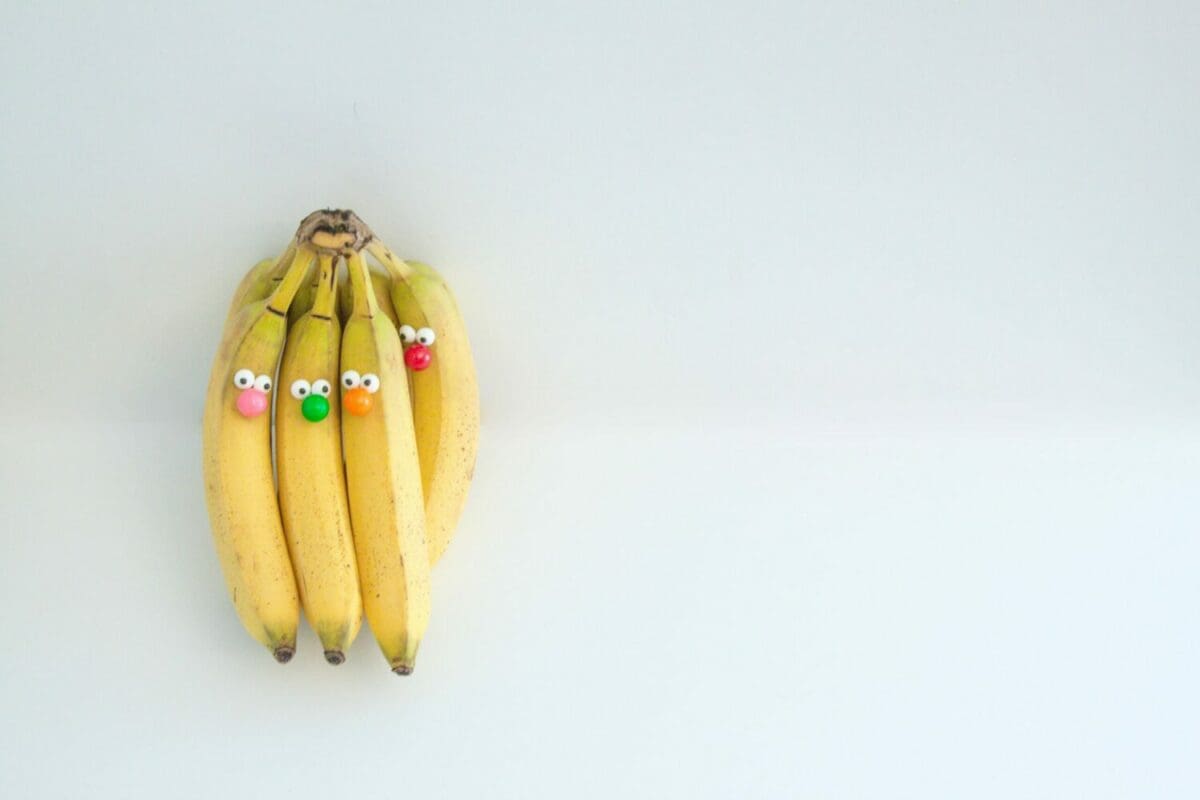

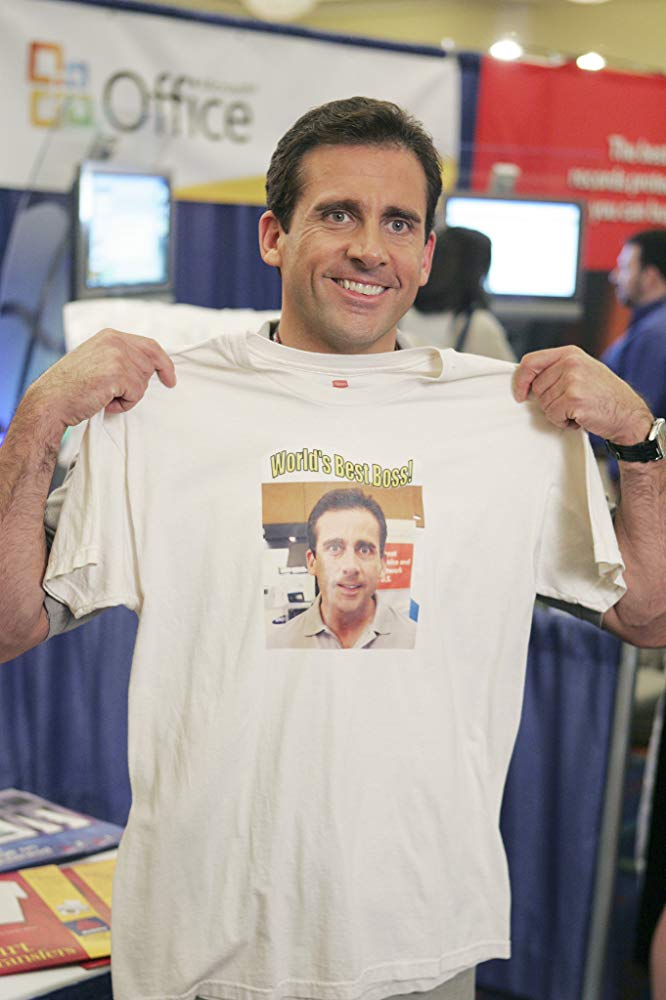






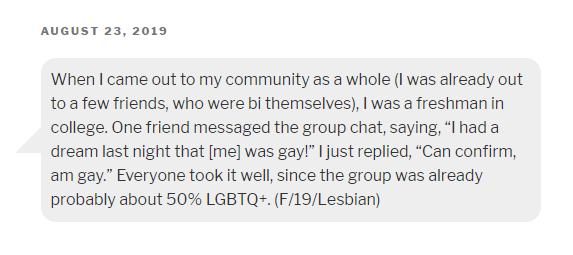


Recent Comments